Early spring: March comes in like a lion, a little warmth of strong sunshine tempered by a lot of cold winds and nights. Then March goes out like a lamb, well let’s see! Stick to your known best times for sowing, and don’t be tempted to sow earlier.
Homeacres is a windy site and transplants need covers for wind protection. All the vegetables we are sowing and planting now are frost hardy, but still benefit from weather protection.
Now is still good for winter jobs like tree and soft fruit pruning, and mulching/covering new and old no dig beds.
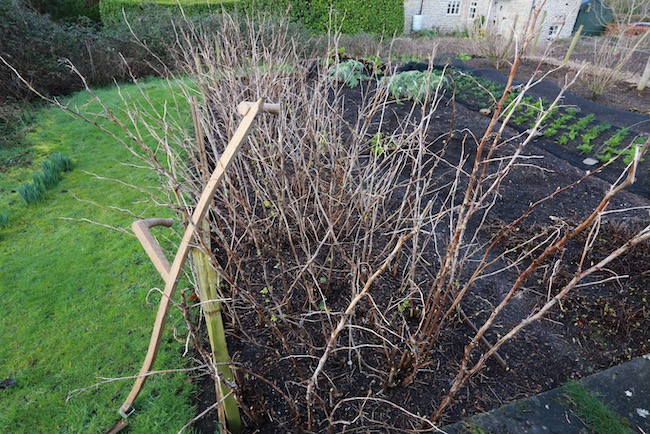


Propagation – giving warmth for germination
- Germinate in the house, then grow seedlings in as much light as possible.
- Germination can happen in darkness, the limiting factor is warmth. You can keep newly sown trays anywhere in the house which has reasonable warmth. I give a lot of information about this in Course 2 Growing Success.
- In the greenhouse we have created a hotbed of fresh horse manure. I know most of you cannot do that but it’s the same principle of giving warmth to germinating seeds and later to tender plants.

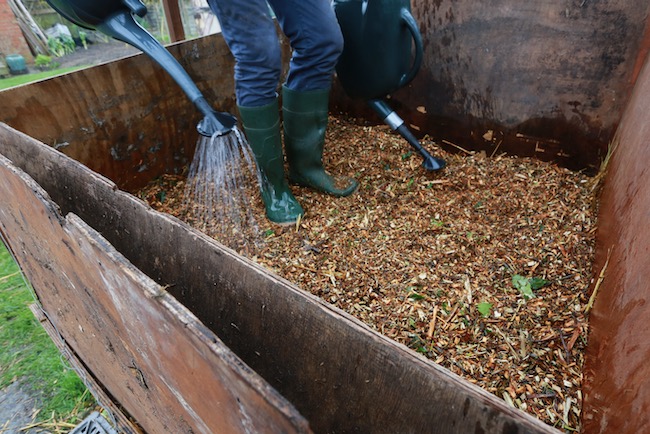

The hotbed heat reached 60C within three days.
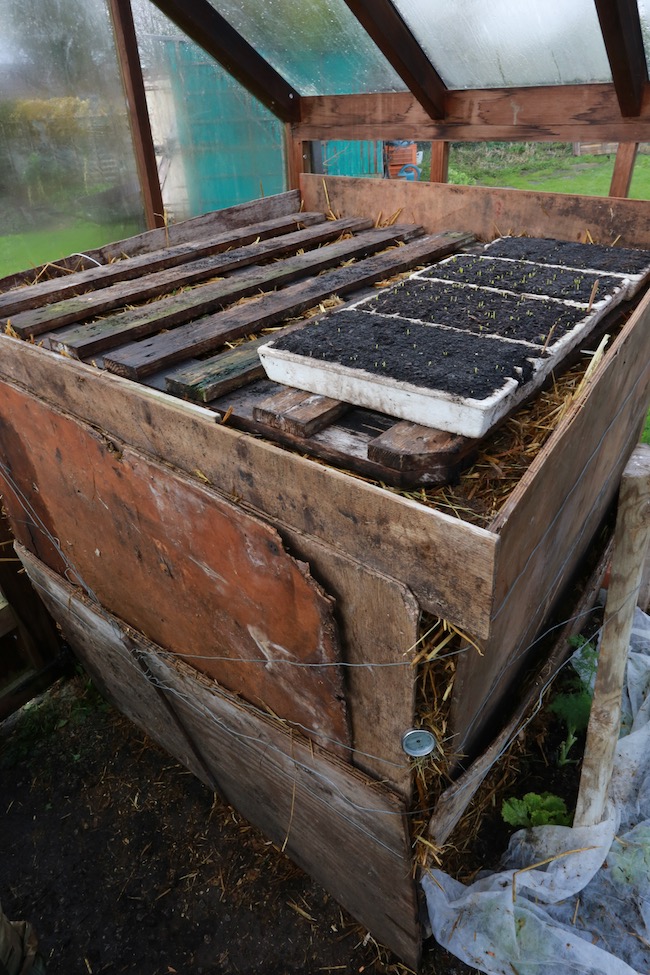
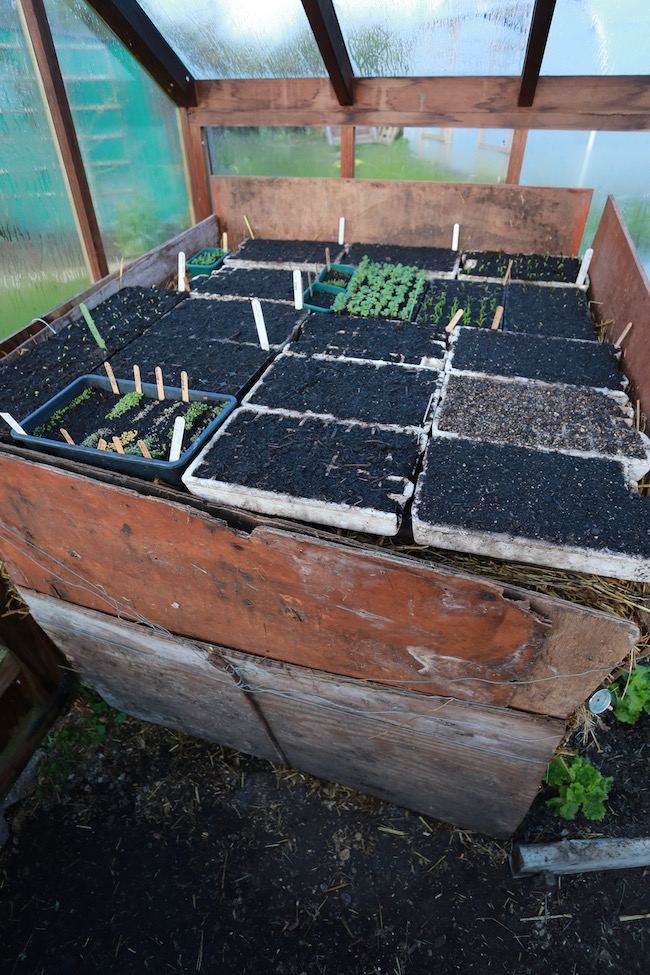
Grow seedlings on – some tips
Once germinated, in mild weather an under cover space (unheated) is warm enough for slow but steady growth. Temperatures can be slightly freezing at night, and up to 20C/68F if sunny by day. Seedlings include multisown onions, radish, beetroot and spinach. Also lettuce after we prick them out.
Finding good module trays is another matter!
Module trays you don’t want – and their appearance is misleading, they look solid in the image. A reader sent me this review of thin plastic “inserts”:
I read previous reviews and thought that the inserts couldn’t be THAT bad…….well they are!!!! Extremely thin and can’t imagine how they will be “Perfect for more than one season if used carefully” as the description states – and I make everything last!!! Even when they are supported in a solid seed tray you still have to find a way to remove the seedlings and that is where they will fail. The size of the cells is good but such a shame that they couldn’t be made more substantial. Overall very poor value for money.
In contrast, these are good. Module trays you do want, by Gardman via Primrose. 60 cells in each, made of firm plastic, £3.50 a pack of 3. For up to 10 uses.
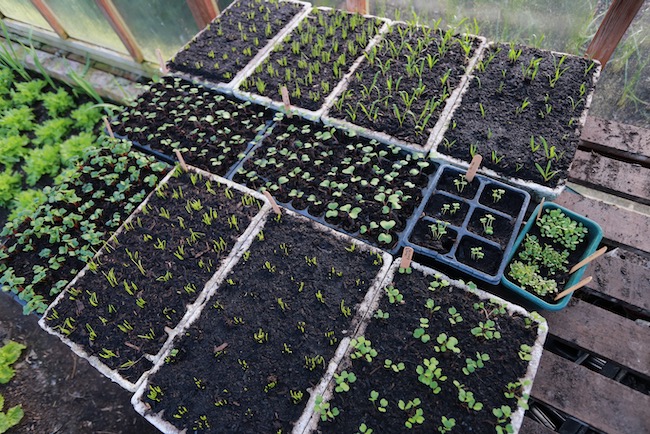
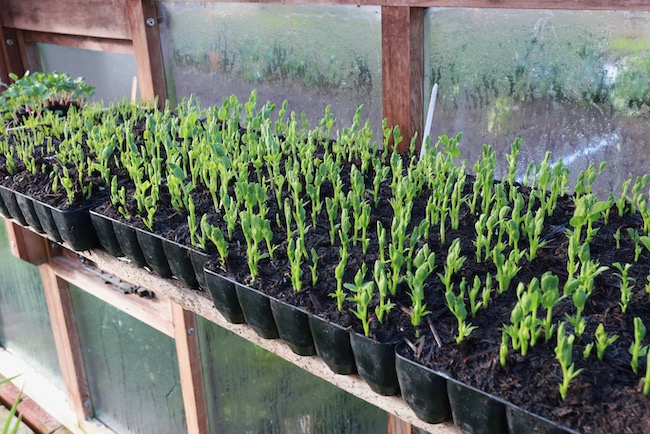
Compost for propagation, and seed quality
If you find a good multipurpose compost, you don’t need a special seed compost.
Qualities to look for include some fibres for drainage, and sufficient nutrients to grow plants in small cells. The fibre quality is good in Dalefoot compost thanks to its pieces of bracken.
Seed quality is misleading in terms of information on the packet. See the variation in lettuce from different seed companies. All were well within the ‘sow by’ date. Often they must put old seed in new packets.
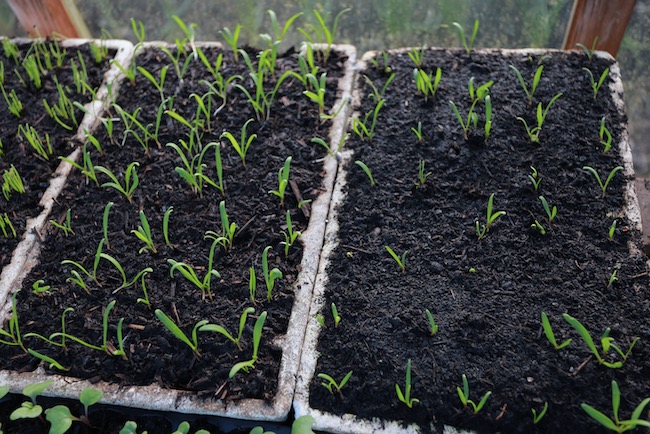

Soil life!!
Soil biology is key to the success of no dig, more than chemistry. You can see how it works with the photo ‘snapshot’ of Homeacres soil last autumn. I am impressed to see how good the “aggregation” is with no dig, meaning more air in the soil and better drainage, plus reduced erosion. (See the results of microscope analysis of my two beds.)
After some heavy rainfall recently, Homeacres paths stay wonderfully soft and springy.
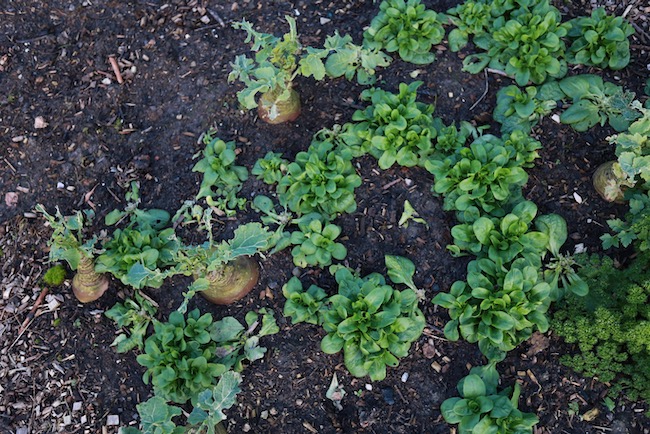
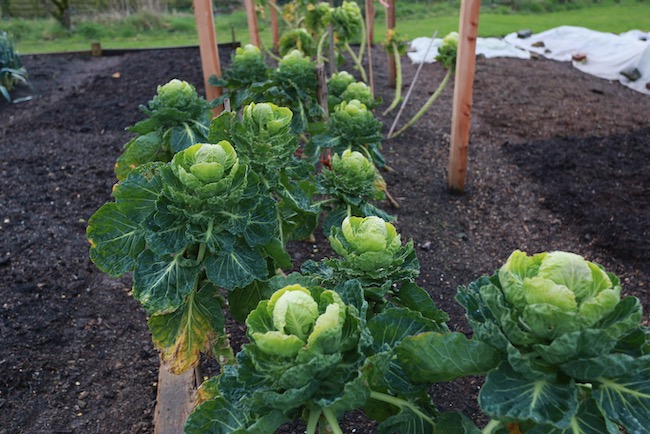

Learning, myth busting
My new video shows how you can grow a lot in a small space, partly thanks to interplants. Of fennel for example, which most people have been told is not a good companion for other plants.
Likewise, burying stems is good!
Q I have horrible luck with brassicas and lettuce. They get leggy so quickly and I’ve read you can’t transplant them any deeper than what they already are because the stem will rot
A Yes that is a myth about the stems.
Burying stems is a wonderful way to change leggy plants to sturdy ones. I do it every time I prick out and transplant, for all seedlings and plants.
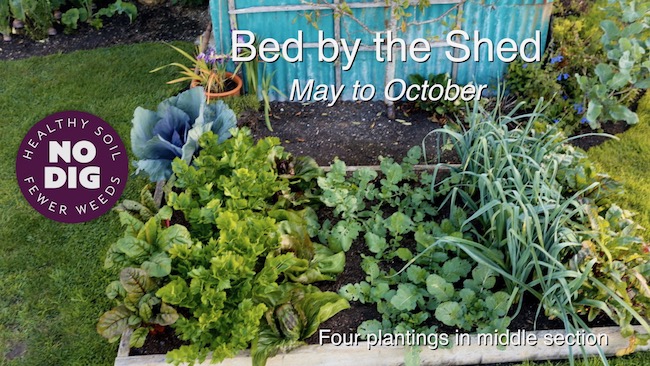
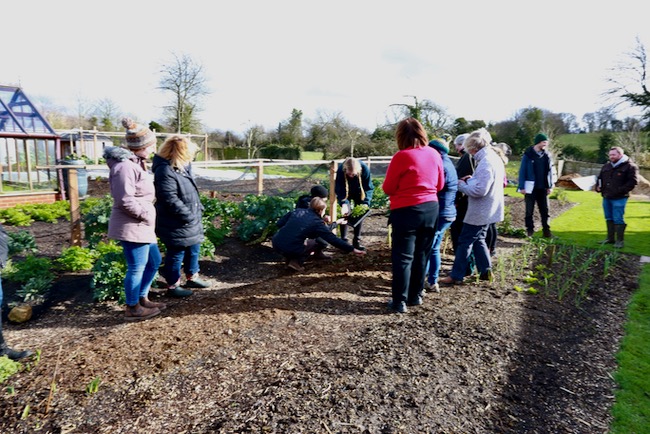
Weeds and weeding
I often say how no dig means fewer weeds, however an exception is if your surface compost has many weed seeds. In wet weather, hand pull the seedlings when small – it’s easier than pulling them when big.
The compost on Homeacres beds is mostly homemade, and it gets hot enough to kill most seeds, not all. I also spread some mushroom and green waste compost, which are weed free.
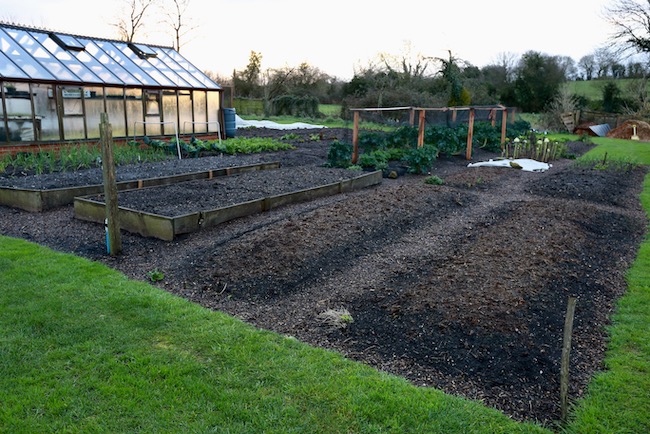
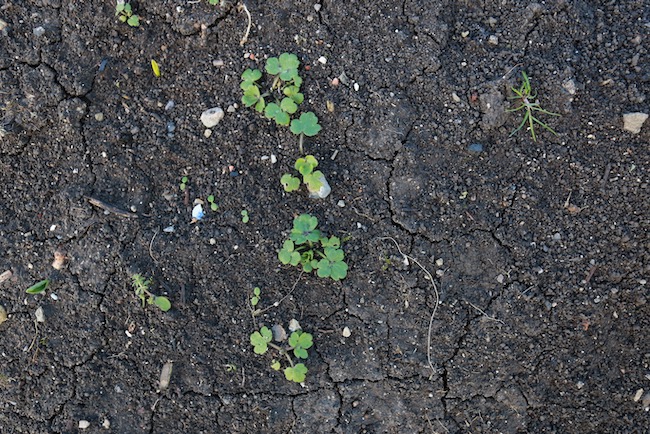
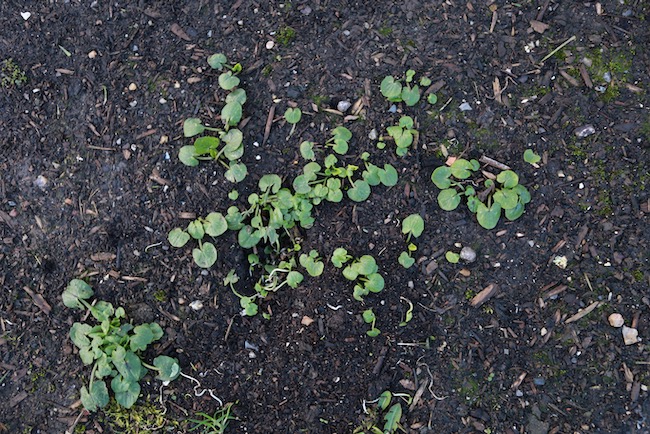
Mulching for new beds
Question I got my allotment early winter, have dug out some woody plants, then am sorting into beds and covering with cardboard and a 2 – 3 inch layer of compost.
Lots of places seem to recommend leaving it for a year for it all to break down, but could I start planting in it this year do you think?
Charles’ answer Well done and there is no need whatsoever to leave ground with nothing growing for a long time.
Plant into the compost or well rotted manure, all good. You can crop this year as normal, starting soon, and your soil will be healthier for having roots in. Ignore all that nonsense about leaving compost to “break down”. You want soil to “build up”! Growing roots help with that.
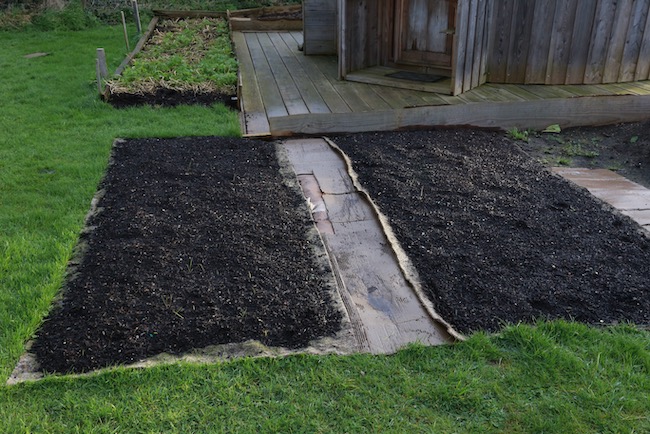
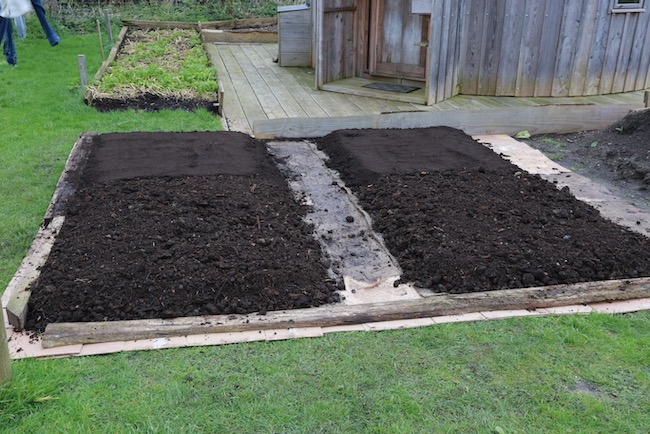
Cardboard
Question I am looking to start my first no dig bed but I was confused about something while reading the info on your site. We have centipede grass growing primarily on the site we plan to prep for our garden. Do I lay down thick cardboard over my beds first, follow with my manure and mushroom compost on top of that 4″ and that’s it? I was confused about if I needed to leave the cardboard there and kill off grass first then remove it at some point after killing off the grass and put my compost on after? Or does the cardboard remain and compost goes over it and I plant on top of it all?
Charles’ answer You are right, and yes you leave it there. Cardboard decomposes and our plants root down through it, after about two months.
Before that, vegetables and flowers root in the compost above. You never need to remove cardboard.
Storing vegetables
Storing vegetables and fruits is easier than you may often read.
These potatoes were harvested over seven months ago. We just had some to eat and they taste like new potatoes. More on growing no dig and storing, in online courses 1 & 2.
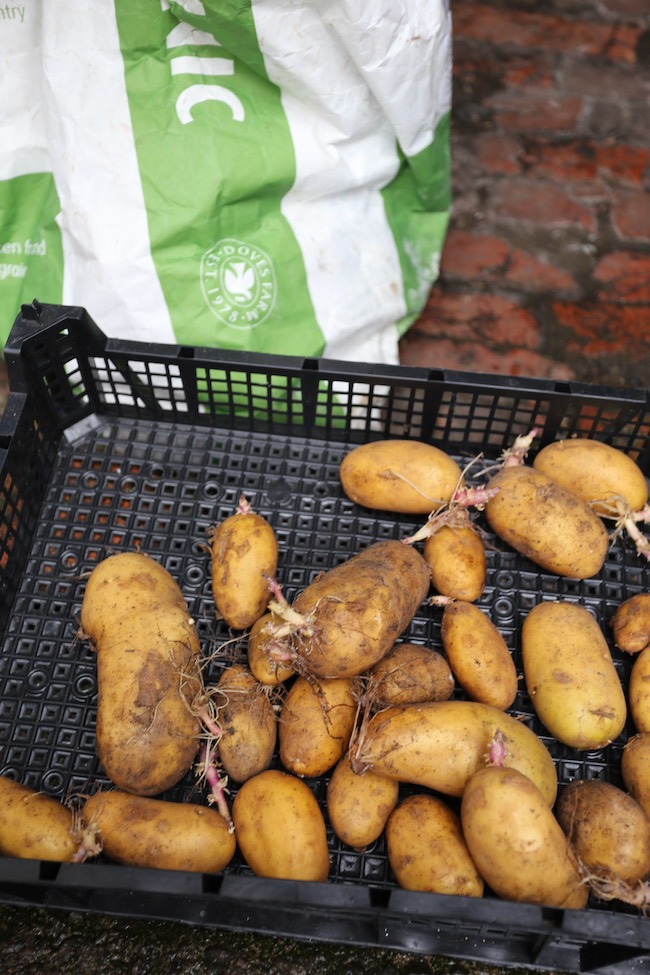
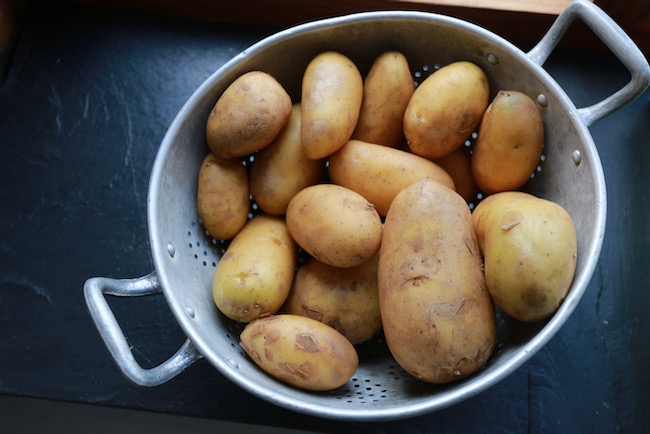
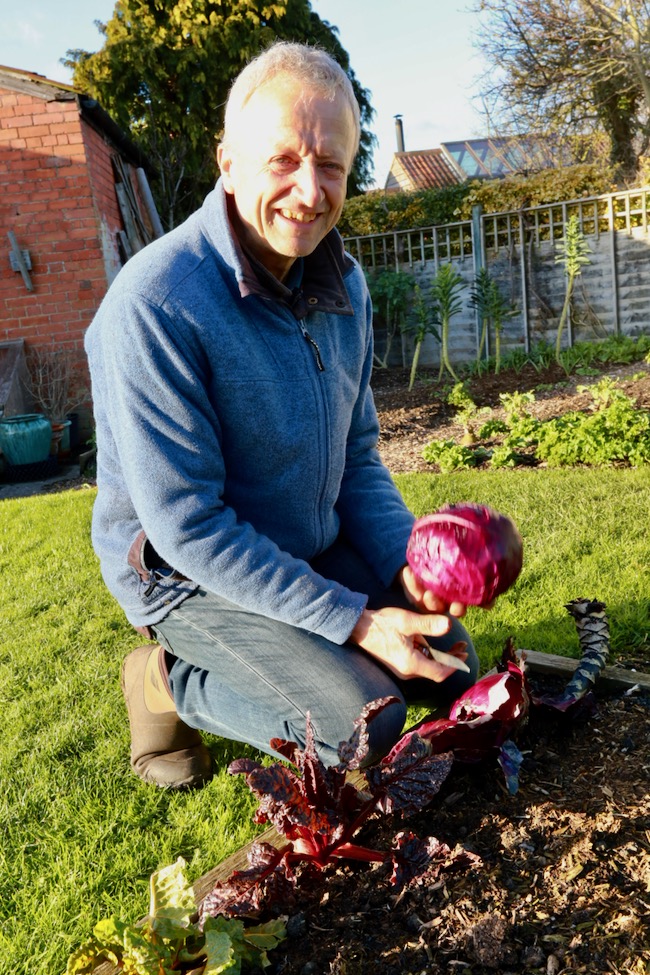








































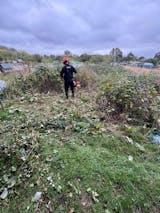
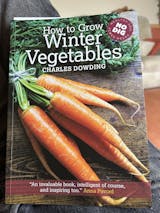


0 comments